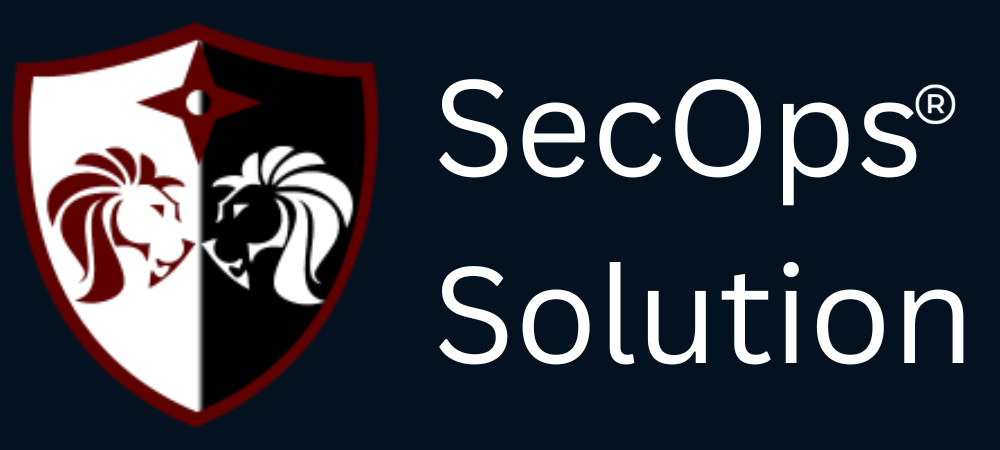
Agentless security for your infrastructure and applications - to build faster, more securely and in a fraction of the operational cost of other solutions

hello@secopsolution.com

In today’s cybersecurity-driven IT landscape, patch management is no longer optional — it’s essential. Yet, one major debate continues to divide IT teams: Agent-Based vs. Agentless Patching.
Both methods aim to keep systems secure and up to date, but the real difference lies in cost, management complexity, and scalability. Understanding the hidden expenses behind each approach can help organizations make smarter, more sustainable decisions.
Let’s break down the core differences — and uncover which approach truly delivers better value for your business.
In this model, a small software agent is installed on every endpoint (servers, desktops, laptops, etc.). These agents communicate with a central patch management server to deploy updates, monitor status, and report compliance.
Pros:
Cons:
Agentless patching takes a different route — no software installation on endpoints. Instead, it leverages secure network protocols (like SSH, WinRM, or WMI) to scan and deploy patches remotely.
Pros:
Cons:
At first glance, agent-based patching may appear inexpensive because most vendors include agents as part of their software license. But when you account for long-term operational costs, the story changes.
Let’s break it down:

In total, organizations adopting agentless patching often save 25–40% in operational costs and resource overhead compared to agent-based methods — especially at scale.
Security-conscious organizations often favor agent-based patching because agents can perform granular operations and collect detailed telemetry. However, this comes at a cost — agents themselves can become attack vectors if not properly secured or updated.
Agentless systems, on the other hand, minimize attack surfaces by removing the need for local software. When combined with strong authentication mechanisms and secure communication channels, they can deliver equally strong (or stronger) security posture.
As infrastructures grow — spanning cloud, on-prem, and hybrid environments — maintaining thousands of agents becomes increasingly complex.
Agentless patching scales effortlessly. You don’t need to worry about compatibility with operating systems, endpoint configurations, or local firewalls. One centralized system can manage everything — reducing IT burden and increasing overall efficiency.

Many modern enterprises adopt a hybrid approach, combining both techniques for optimal balance between visibility and efficiency.
At SecOps Solution, we understand that efficiency and security must go hand in hand. Our Agentless Patch Management platform is designed to simplify operations, reduce infrastructure load, and eliminate the maintenance pain associated with agents.
Key Benefits of SecOps Solution’s Agentless Patching:
With SecOps Solution, organizations can experience a faster, cleaner, and more cost-effective patch management journey — without sacrificing security or visibility.
Choosing between agent-based and agentless patching isn’t just a technical decision — it’s a strategic cost decision. While agent-based patching provides control and granularity, its operational and maintenance costs can quickly outweigh the benefits.
Agentless patching, as championed by SecOps Solution, offers a modern, lightweight, and budget-friendly alternative that aligns with the dynamic needs of today’s IT infrastructures.
In the long run, the true cost difference lies not in software pricing — but in how much time, effort, and maintenance you save.
SecOps Solution is an agentless patch and vulnerability management platform that helps organizations quickly remediate security risks across operating systems and third-party applications, both on-prem and remote.
Contact us to learn more.